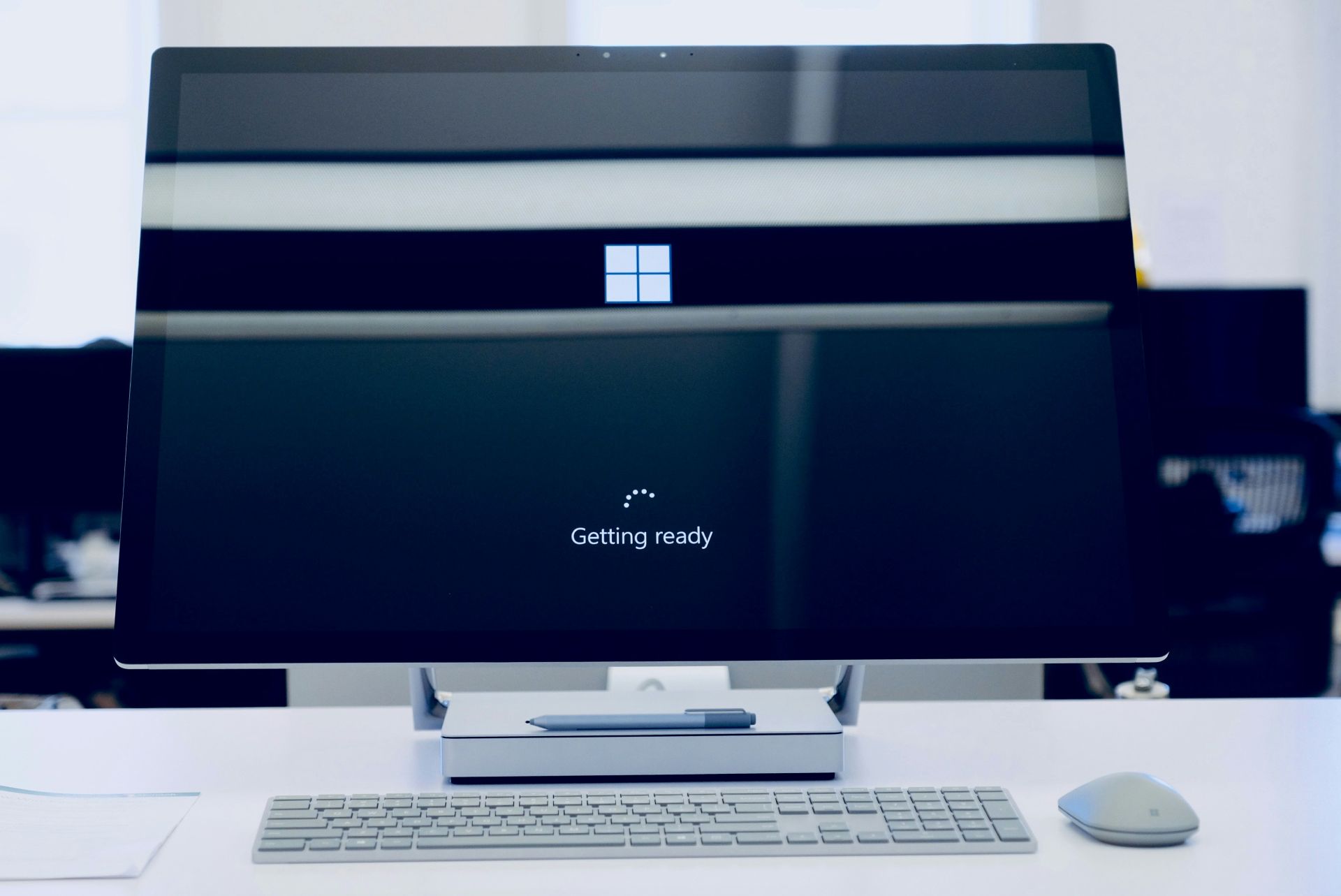Microsoft has announced that SharePoint 2016 and 2019 will reach their end of life (EOL) in July of next year. This is a significant moment for organisations still relying on these legacy platforms. While EOL events can feel disruptive, they also present a chance to align your technology with your business’s long-term goals.
Here’s what you need to know to turn this milestone into a stepping stone toward a more resilient and secure future.
What End of Life Means for You
When software reaches its EOL, Microsoft ceases to provide support, security updates, or patches. The implications include:
- Security Risks: Without regular updates, vulnerabilities will remain exposed, increasing the risk of cyberattacks.
- No Troubleshooting: Any issues you encounter post-EOL will need to be resolved internally or through third parties—Microsoft won’t be stepping in.
- Increased Operational Risk: Any critical bugs discovered after the EOL date will remain unpatched, leaving your system at risk for operational failures.
Future-Proofing Starts with a Decision
The end of SharePoint 2016 and 2019 isn’t the end of the road—it’s an opportunity to move toward more modern, secure solutions. Here are your options:
- Upgrade to SharePoint Server Subscription Edition: This is ideal for organisations that need on-premises solutions but want access to the latest features and updates. However, consider factors such as customisations, third-party integrations, and licensing changes.
- Migrate to SharePoint Online: A cloud-based solution that offers scalability, collaboration tools, and integrated security. This migration can transform your operations and enhance productivity.
Navigating the Transition
Upgrading or migrating isn’t just about replacing old software—it’s about preparing your organisation for the future. Managing an EOL event involves more than just selecting the next platform; it’s about addressing risks, costs, and operational continuity during the transition. Here are some key considerations:
- Custom App Redevelopment: Many SharePoint environments rely on custom apps or workflows. It’s important to plan for redeveloping these apps or moving to third-party cloud solutions like Nintex.
- Cost Management: A well-defined migration strategy can help control costs and reduce downtime, ensuring your transition aligns with business objectives.
- Proactive Monitoring and Management: Service’s like Advanced Support can ensure your SharePoint environment remains secure and operational as you navigate your updates.
Making the Move with Confidence
The EOL for SharePoint 2016 and 2019 is a critical juncture, but it’s also a chance to modernise and future-proof your organisation. With a well-planned migration strategy, you can navigate this transition smoothly and ensure your SharePoint environment remains robust and secure.
If you need assistance with planning your migration or have any questions about the process, feel free to reach out. We're here to help guide you every step of the way.





